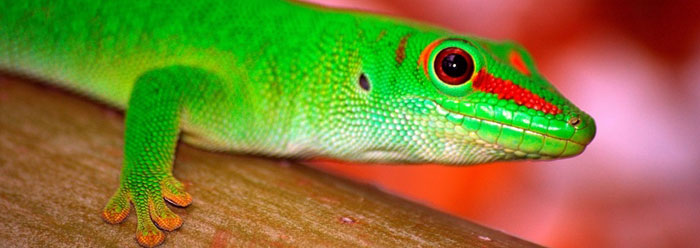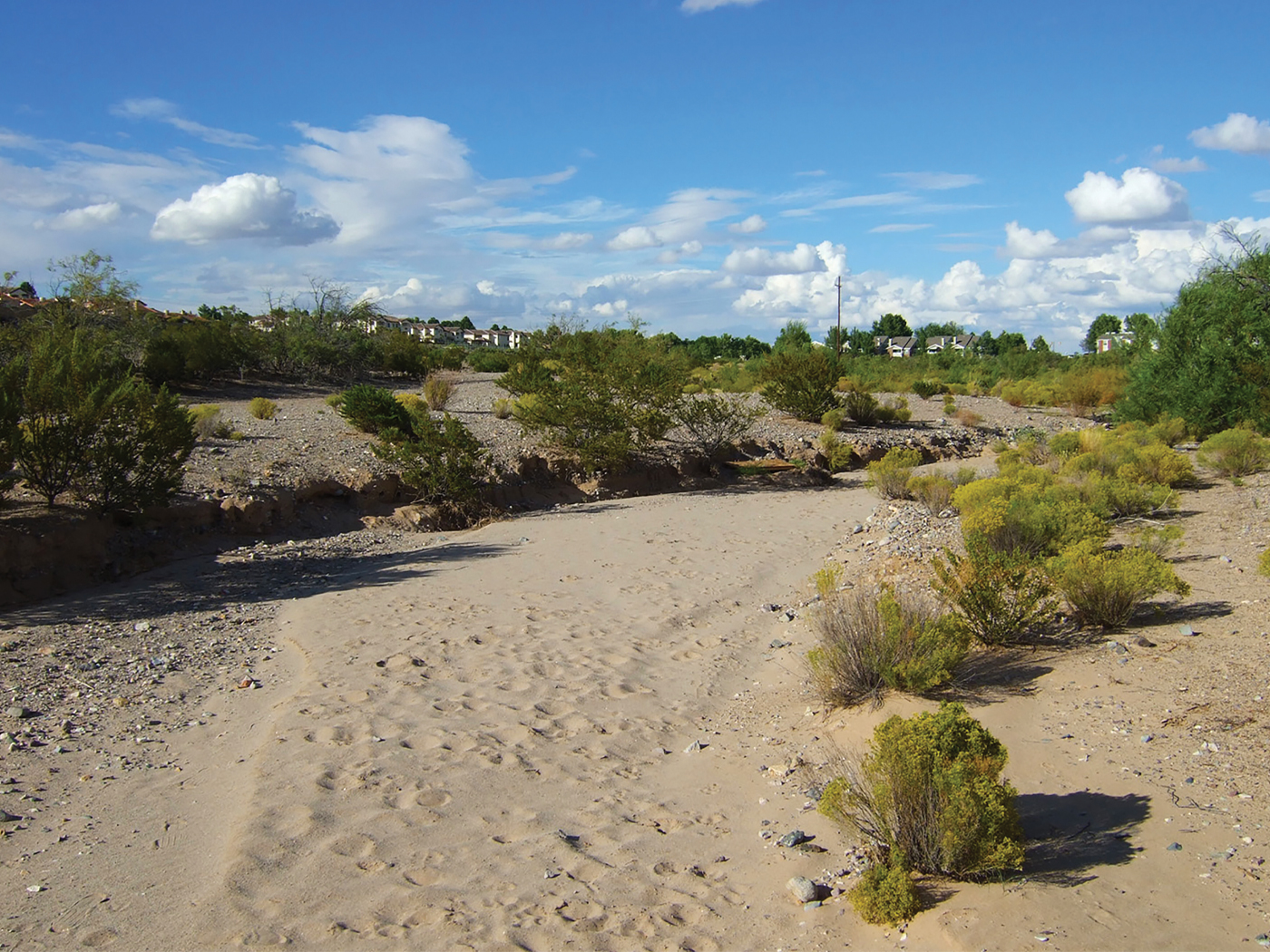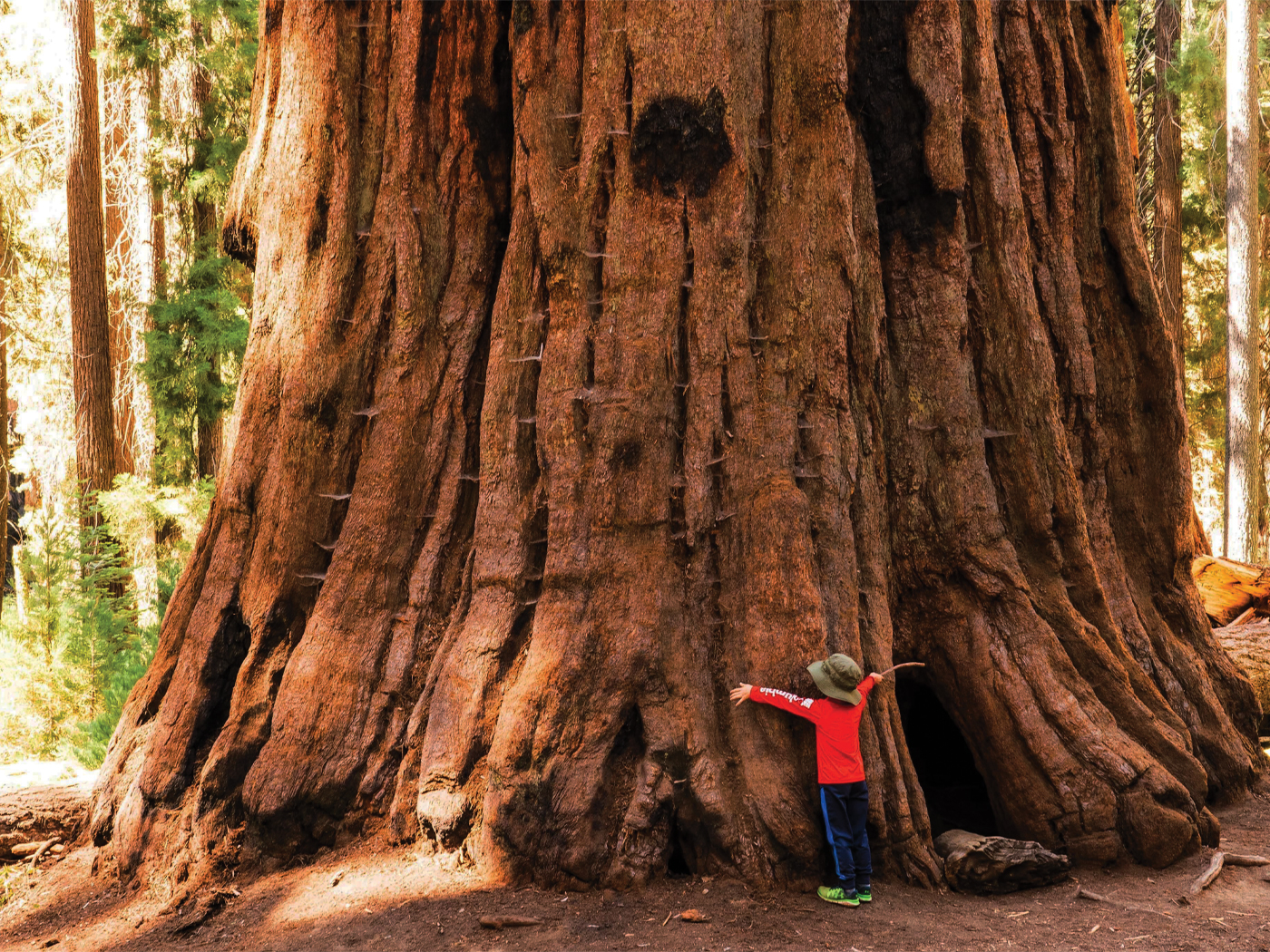A gecko foot encased in amber has been dubbed the oldest gecko fossil ever discovered, according to researchers from Oregon State University and the Natural History Museum in London.1 The amber deposits containing the remarkably well-preserved fossil, discovered in Myanmar, are said to be around 100 million years old, which would double the “date” of the earliest-known gecko, making it “43 to 56 million years older” than the prior record holder.2
The discovery has been given the customary evolutionary interpretation, but the evidence presented by this gecko foot actually fits much better within a biblical creation framework.
First, the specimen shows no macroevolutionary change for the supposedly vast time period between the fossilized and living geckos. This is not a transitional foot. Instead, the fossilized gecko had the same complete and fully formed “bizarre foot structure” as geckos that are alive today. “It’s not known exactly how old this group of animals is, and when they evolved their adhesive toe pads. However, the new study makes it clear that this ability was in place at least 100 million years ago, in nature,”1 according to the Oregon State University press release.
If Scripture is true from its very first verses, however, then we would expect living things to reproduce “after their kinds,”3 as this gecko demonstrates, rather than evolve from one kind to another. Also, the early biblical record answers the remaining questions: How old is this group of animals? About 6,000 years. When did they obtain their adhesive toe pads? When they were formed on day six of creation.
Another question concerns how this gecko became trapped in the amber. This is also best explained by the creation model, which proposes that earth processes were violently interrupted by a worldwide watery cataclysm, as described in Genesis. Amber formation is poorly understood because it does not occur today. “Many interesting problems remain concerning the age of [amber] deposits and their exact origin,”4 scientists acknowledge.
We have to guess, but there are clues that give some indication of the necessary conditions for amber formation, and they point to watery catastrophic transport and deposition. Consider that amber deposits are vast, buried, often associated with lignite coal deposits, were transported and sorted, originated from tree sap that was later crystallized, is often found in odd shapes, pressed into odd nooks and gaps, and that it is broken or damaged tree branches that produce copious sap. Each of these aspects speaks of high energy disruption and deposition, consistent with Noah’s Flood.
Another reason that this fossil gecko better fits the creation model is its fully-formed and ingeniously-constructed microscopic toe pad structures. These same features enable living geckos to climb vertical walls and even “magically” scurry upside-down along ceilings, an ability that “modern research programs still have not been able to completely duplicate.”1 When considering how this originated, the most scientifically accurate inference is to reason from ingenious construction back to genius Constructor.
What more could we ask for to confirm the biblical testimony regarding the early earth? Fully formed features within distinct kinds, showing variation within the kind but no transformation between kinds; scores of creatures preserved in fossil assemblages that bear testimony to a catastrophic and water-transported burial; and the existence of microstructures, found fully developed in the oldest examples, of such excellence that researchers have a tremendous challenge to even approximate them. “Who knoweth not in all these that the hand of the LORD hath wrought this?”5
References
- Researchers Find Oldest Gecko Fossil Ever Discovered. Oregon State University press release, August 26, 2008.
- Arnold, E.N. and G. Poinar. 2008. A 100 million year old gecko with sophisticated adhesive toe pads, preserved in amber from Myanmar. Zootaxa. 1847: 62-68.
- Genesis 1:24-25.
- Palmer, D. 2002. Golden opportunity. New Scientist. 175 (2355): 48.
- Job 12:9.
* Mr. Thomas is Science Writer.
Article posted on September 8, 2008.






















